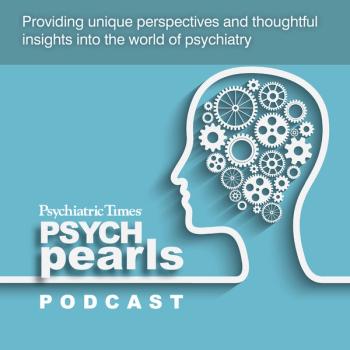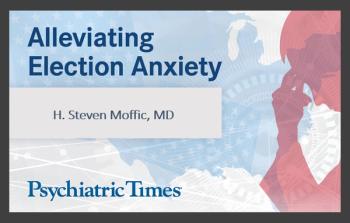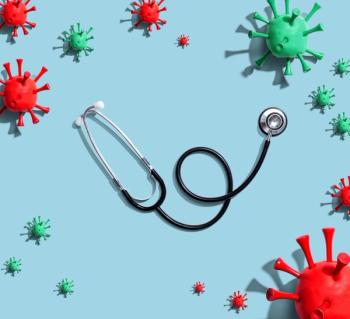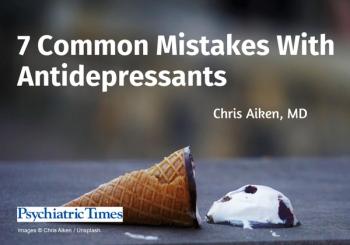
Axsome Therapeutics released details from their COMET-SI trial for AXS-05, an oral investigational NMDA receptor.

Axsome Therapeutics released details from their COMET-SI trial for AXS-05, an oral investigational NMDA receptor.

As typically happens in the aftermath of suicide—years or even decades later—we wonder what we could have said or should have seen.

Are patients with depression and substance use disorder getting an appropriate level of care? Our Journal Club piece investigates.

The PHQ-9 may be an effective asset in a clinician’s toolkit, along with their clinical judgment and therapeutic alliance, to ensure treatment planning and outcome tracking is personal to each patient.

Physical activity and exercise are recognized as fundamental tools for reducing the impact of chronic diseases, including depression.

Facts and myths about depression during the holidays.

What issues do you anticipate your patients will struggle with during the upcoming holidays?

Patients' first reactions to a diagnosis of major depressive disorder can be varied. What can you do to help them cope?

Learn about REL-1017, the medication that has the potential to be the first single agent oral NMDAR antagonist for the adjunctive treatment of depression.

There are no human clinical trials or even case reports to assess or describe the efficacy of this very complex botanical. Here’s what we know.

The unique opportunities for clinicians in identifying risk and preventing suicide are discussed in this podcast.

With the state of the world, there are so many difficult conversations about racism, hatred, and violence that we need to have with our children.

Oxcarbazepine might be considered for patients who you want to treat with carbamazepine for mania (as monotherapy or adjunct) but for whom it would be unsafe or who have been unable to tolerate it.

We have learned that in order to provide much-needed social support during difficult times, organizations should prepare to take certain steps.

The physical and psychological symptoms of anxiety, such as feeling tense or having trouble concentrating, can be so uncomfortable that they cause behavioral changes. How might these components play out in, say, a Presidential election?

Read about the new results from Sage’s clinical study of depression treatment, zuranolone.

There are epidemiological and clinical reasons why we should drop that term.

Dr Sanacora discusses the new indication for esketamine, SPRAVATO®, and how it might be used to treat patients with Major Depressive Disorder with acute risk of suicide ideation.

The pandemic has brought into focus treatment barriers, disruption in care, and possibly negative outcomes in the mental health of university students. To better understand the specific challenges of out-of-state students, the authors conducted an anonymous national survey of college psychiatrists.

Drug interactions, discontinuation issues, adverse effects, and more. These are the problems that are often overlooked.

These techniques may help promote self-efficacy and elicit patients’ commitment to resolve ambivalence about treatment.

The authors explore adjunctive treatments for MDD and their impact on overall medical costs and health care utilization.

The authors examine recent literature in order to assist psychiatrists in evaluating the findings and determining how to best put research findings into real-world practice.

Dr John Miller shows us one of his favorite topics to talk about and practice.

With most chronic pain conditions, the exact pathology is uncertain. In such cases, psychiatrists may be called to assess for illness beyond medical diagnosis.